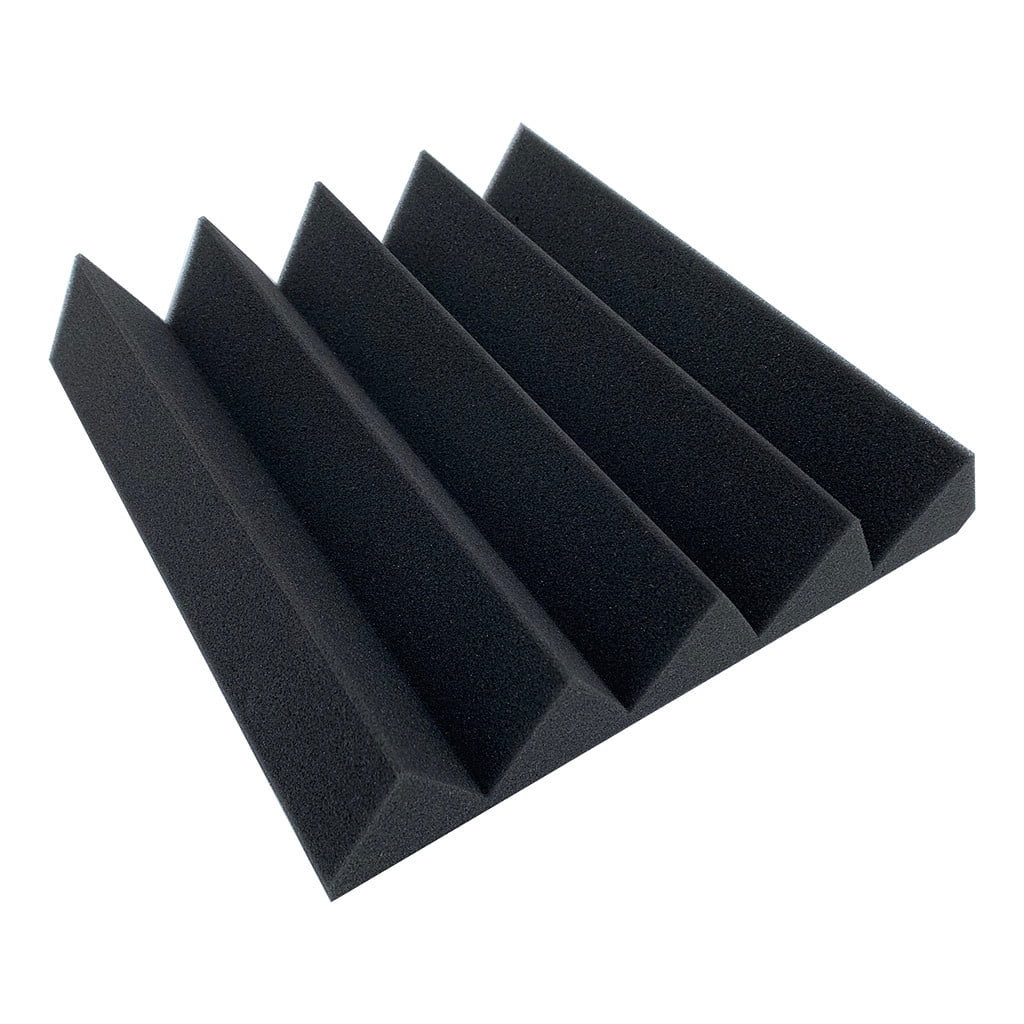


Numbers of poles showed clear differences in noise cogging torque, torque ripple and normal local force were interpreted,Īnalyzed and compared to determine the reason for the differences. Of slots was fixed to six and the number of the poles was set to four or eight before noise was measured. The goal of this study is to examine the effect of the number of poles on the noise from BLDC motors. Current challenges and practical aspects are discussed and reference is made to related fields of research. Eleven variants of TPA are derived from a unified framework and classified into three categories, namely classical, component-based and transmissibility-based TPA. A selection of historical references is provided to align methodological developments with particular milestones in science. The aim of this paper is to derive and review a wide repertoire of TPA techniques from their conceptual basics, liberating them from their typical field of application. Nowadays the TPA paradigm is largely commercialised into out-of-the-box testing products, making it difficult to articulate the differences and underlying concepts that are paramount to understanding the vibration transmission problem. Since the first adaptation of electric network analogies in the field of mechanical engineering a century ago, a multitude of TPA methods have emerged and found their way into industrial development processes. Transfer Path Analysis (TPA) designates the family of test-based methodologies to study the transmission of mechanical vibrations. It indicates that FE-IFEM is an appropriate choice for predicting the radiated noise of washing machines in the low-frequency domain. The maximum error obtained by this method is less than 6 dB. The simulation results are compared with the results obtained from the experiment and we conclude that the simulation estimates are in good agreement with the measured results. Finally, the radiated noise of the washing machine is calculated by using FE-IFEM and the noise experiment is performed. Furthermore, the rigid-flexible coupling dynamic model is constructed to analyze the vibration and the vibration response test is carried out to verify the estimates of dynamic analysis. Firstly, the finite element model of washing machine is established and the natural frequency is measured to ensure the reliability of the model. In this work, we analyze the dynamic characteristics and accurately estimate the radiated noise based on FE-IFEM. Accordingly, our work introduces FE-IFEM into the prediction on the radiated noise of the washing machine. Besides, IFEM could be coupled well with FEM and has high computational efficiency in low-frequency domain. The infinite element method (IFEM) is relatively simple and practical in simulating infinite region among numeric methods in acoustic computing with low frequency. Recently researchers pay intense attention to decease the low-frequency noise caused by household washing machines. Unlike high-frequency noise, low-frequency noise decreases slowly and its wavelength is longer, so it can easily pass through obstacles and bring out a far-reaching impact on human health. Several studies have provided evidence that the low-frequency vibration of washing machine makes great contributions to its radiated noise. The radiated noise of washing machines plays a pivotal role in user experience. The evaluated synthesized response matched well with the measured noise output through all measurement steps. Transmissibility functions with respect to transfer paths are calculated, and cross-talk cancellation is applied using principal component analysis.

The vibration and acoustic response are measured in a relation to stepwise control of the operation speed of the BLDC motor. For a quantitative ranking of contributions from several components to output noise during operation of the washing machine, Operational Transfer Path Analysis method is used. The critical frequency bands are determined with respect to components, and preliminary investigation for the noise source identification is concluded. The cogging torque that is associated with the brushless DC motor is identified with the order analysis. Modal analysis of the main components in the system (cabinet, tub, and motor) are performed for identification of vibration modes that are related to noise radiation. For this purpose, the vibro-acoustic behaviors of components in washing machine are investigated systematically. This study is a comprehensive effort in analyzing the vibro-acoustic characteristics of a top loaded washing machine, and focuses on the identification of the main noise source.


 0 kommentar(er)
0 kommentar(er)
